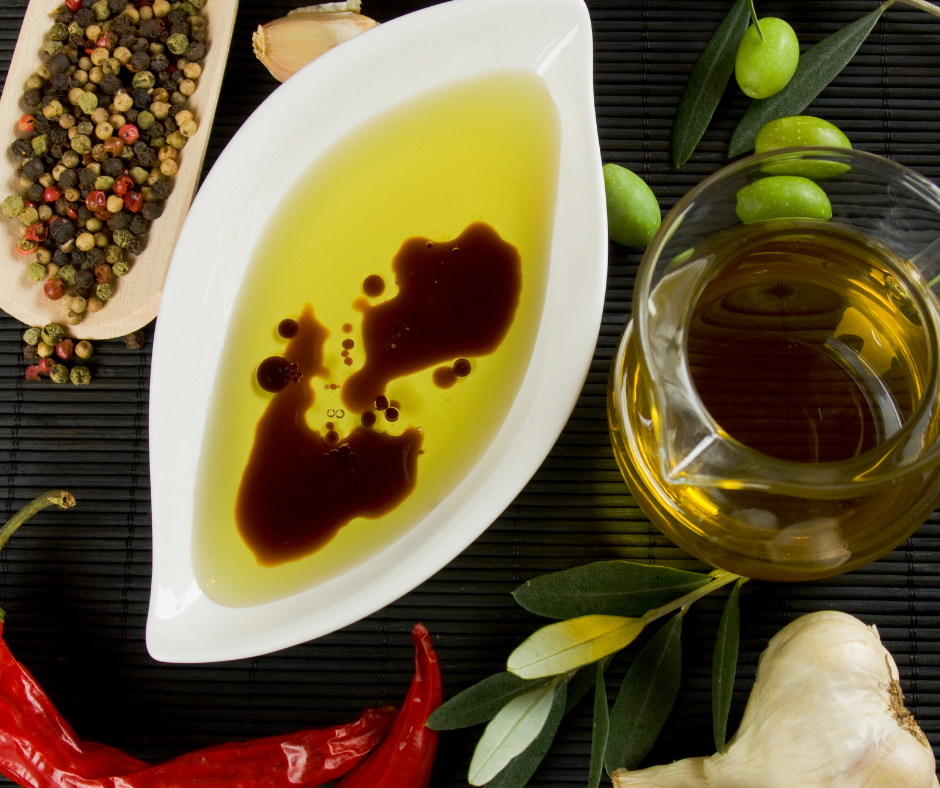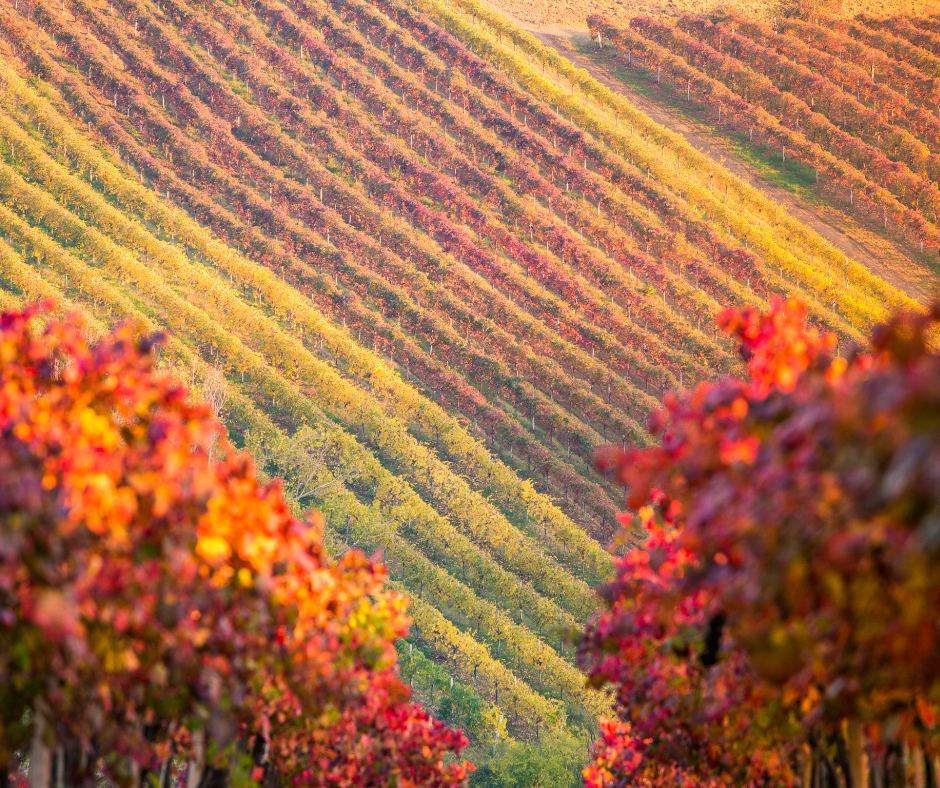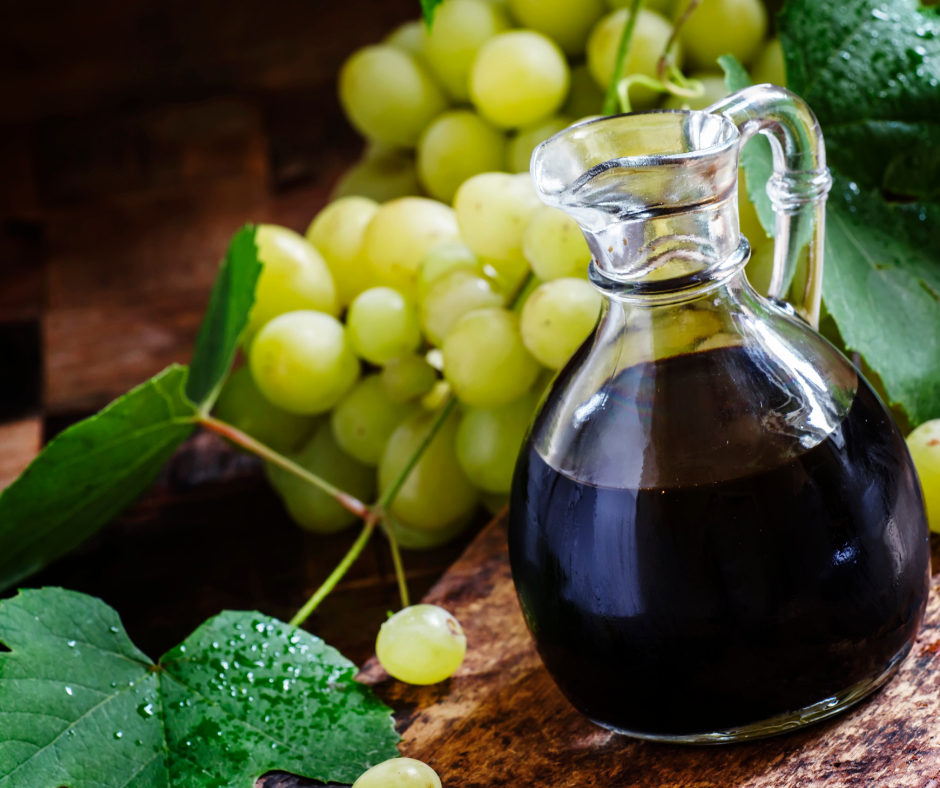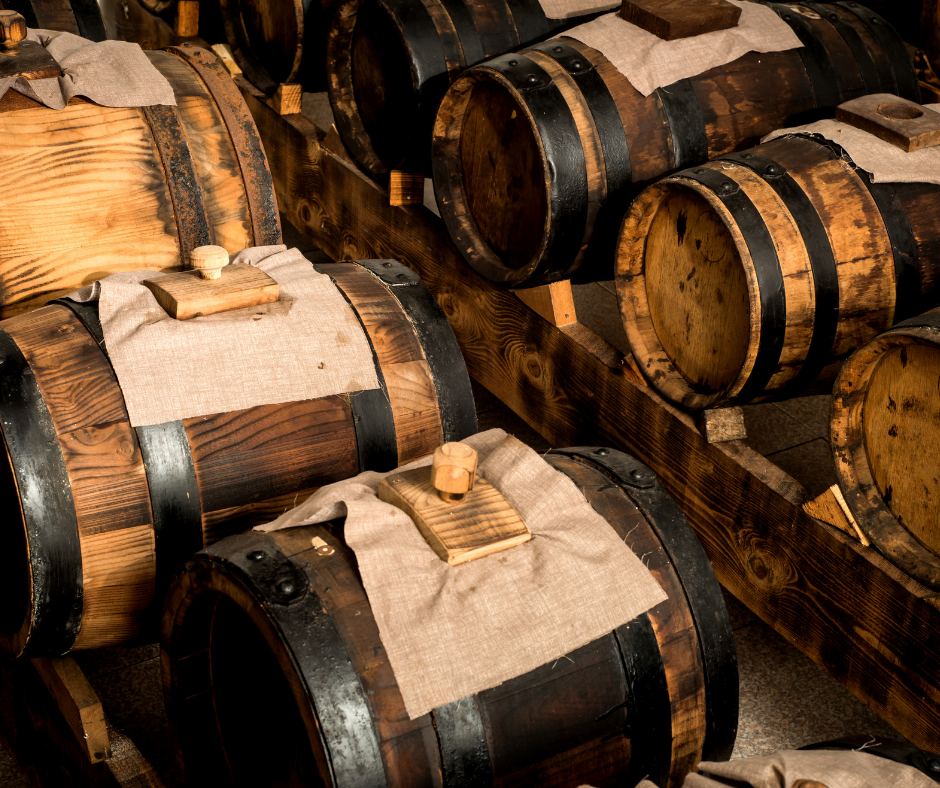Does balsamic vinegar go bad?
The answer is no; it doesn’t. Balsamic vinegar should not go rancid as long you store it in a cool, dry place. The flavor of it may change over time but will never spoil.
If you have been in the kitchen for a while, you know that one of the most frustrating things is wasting food. While it can be hard to tell when any product goes bad, this is especially true with balsamic vinegar. It’s not like milk or bread where there are clear signs of spoilage.

We’ve used research from food experts and various other sources (including our own experience) to write an extensive guide for storing balsamic vinegar at home or in the office pantry. There are detailed instructions on proper storage temperatures and tips for keeping your bottles safe from contaminants like mold and bacteria growth over time.
In addition, we’ve included some valuable tricks that will help keep your vinegar tasting fresh even after they “expire.”
The Expiry Date of Balsamic Vinegar
Does balsamic vinegar expire?
Standard unopened balsamic vinegar should last indefinitely, given proper storage conditions. Balsamic vinegar has a high sugar concentration, and the sugar acts as a natural preservative that inhibits bacterial growth.
Balsamic vinegar can also be boiled before fermentation with no loss in quality for use as a vegetable broth or soup base in place of bouillon cubes, consommé, or canned soups. Occasionally, if the container is close to full and it’s been around a while, you might notice discoloration on the surface. Don’t worry about this – just pour off about half the vinegar from the container and replace it with fresh balsamic.

What is Balsamic Vinegar?
Balsamic vinegar is a wine vinegar produced in the Modena and Reggio Emilia provinces of Italy.
It had evolved from ancient practices, notably as early as the Late Middle Ages when Europeans started making vinegar by hydrolysis of musts. Many earlier vinegar specialists were also physicians who understood that fermentation helps heal wounds. It’s believed this method of combining two food essentials was initially developed to provide relief for patients with stomach ailments or ulcerative colitis.
There are some significant differences between regular wine vinegar and balsamic. The most crucial distinction is that balsamic vinegar specialists refine their creations through a long aging process, making it superior tasting and better than traditional white wine or cider vinegar.

How Do You Store Balsamic Vinaigrette?
Balsamic vinaigrette is a popular condiment used as a salad dressing or for dipping. The one problem with this type of vinegar is how to store it, so it lasts longer and doesn’t spoil. There are many ways we can store this food. Here are our top 5 tips for keeping balsamic vinegar:
- Store it in the refrigerator for up to three weeks. Bacteria need time to multiply, so a fridge shelf is one of the last places that they would want to be found.
- Use an airtight container because you cannot see through them and could easily be mistaken if anything grows suspiciously inside.
- Always cover with a lid or plastic wrap—especially important since you may already have cut veggies in there. The same thing goes for the mashed garlic cloves at the top of your dressing jar. Never let them stick out like a sore thumb.
- Keep the balsamic containers away from heat sources like ovens (which produce moisture) and hot liquids for safety reasons.
- If you store it next to something acidic like vinegar or lemon juice, the flavors will seep into one another and compromise the quality of both sauces.
The Two Different Types of Balsamic Vinegar
There are two types of balsamic vinegar:
- Traditional Balsamic Vinegar.
- Aceto Balsamico di Modena.
Traditional Balsamic Vinegar
Traditional Balsamic Vinegar is vinegar made in Italy and aged for an average of 12 years to get the right taste.
The aging process gives it its unique flavor, including sweet, sour, or acidic hints depending on how long it has been left out before being bottled. It was created by accident when some balsamico juice from Modena fell into an oak cask of wine vinegar sometime around 1737.

Aceto Balsamico di Modena
Aceto Balsamico di Modena is an artisanal balsamic vinegar made in the Emilia-Romagna region of Italy. Aceto means “vinegar,” and Balsamico refers to a mix of wine, honey, herbs, and spices that make for its distinct flavor profile.
The production process starts with grapes being converted into must by crushing them, after which it undergoes fermentation at controlled temperatures over time. This leads to one final step where all these ingredients are mixed before aging for 12 years or more in wooden barrels, typically from American oak trees – this brings out some exciting flavors.
How To Tell if Balsamic Vinegar is Off
The best way to tell if balsamic vinegar is off is by taking a good sniff. If it still smells like sweet vinegar, it’s probably fine (however, you should still be sure to check the date on the bottle).
To be sure, you can always taste your vinegar. Balsamic vinegar usually lasts for up to 3 years after bottling, but this depends on how well-sealed and unopened the bottle was when first opened.
Pro tip: If your balsamic tastes too acidic or tart, then it may not have gone “bad” yet. Try adding some subtle sugar and letting it stand for about 10 minutes.
Does Balsamic Vinegar Need to be Refrigerated?
The vinegar can be stored at room temperature. Still, because there is a possibility that the gasses in the mixture may expand over time and cause browning or spoiling of the contents, most people refrigerate balsamic vinegar.
Suppose you live in a warmer climate, then balsamic vinegar will not require refrigeration. If you live somewhere where it freezes during wintertime, or you just prefer to keep it at room temperature, go ahead.
However, if refrigerated vinegar lasts longer once opened than non-refrigerated vinegar, then it’s best to keep it at refrigerator temperatures. And yes, many people do store their balsamic vinegar in jars with screw caps which are airtight and prevent all oxygen from coming into contact with the liquid; this prevents oxidation.
FAQ’s About Balsamic Vinegar
How is Balsamic Vinegar Made?
For starters, balsamic vinegar is made from grapes. But it’s not the same kind of grapes that produce regular wine. This variety of grape is grown in Italy from a species known as “Saba.”
These grapes are harvested and then condensed down to a syrupy liquid through several days of gentle cooking. Then the mixture is cooked with maple or ash sugar for another 10 hours until it thickens into what we know today as balsamic vinegar.
It’s aged in different containers like barrels, bottles, or amphorae so that the acidity and sweetness may develop for many years before being bottled and sold to hungry consumers worldwide.

What is the Best Balsamic Vinegar?
Lucero balsamic vinegar is the best because of its rich, deep flavor and excellent sweet-tart balance. Often balsamic is over-sweetened to cover up inferior quality grape juice. Lucero cuts no corners, with a focus on naturally converting whole grapes into excellent vinegar.
A high percentage of this company’s profits goes to charity, contributing valuable resources to local food pantries across the country, which means your purchase not only helps you eat better, but you’re feeding those in need too.
What is Balsamic Vinegar Made Of?
Balsamic vinegar is made of grape must (grape juice not yet fermented) cooked down to a concentrated syrup, vinegar, and caramelized sugar.
Balsamic vinegar is created by cooking wine to the point that the liquid evaporates, mainly leaving the concentrated grape sugar. This thick consistency yields an excellent quality balsamic vinaigrette dressing.

Community of passionate writers and content creators who share a love for Italian heritage, culture, travel, food, and the Italian-American community. Our mission is to celebrate Italy’s rich history and traditions and connect with others who share the same passion.

